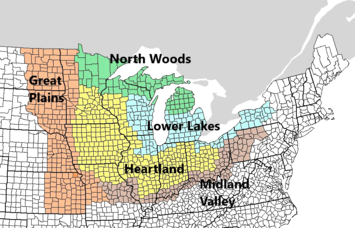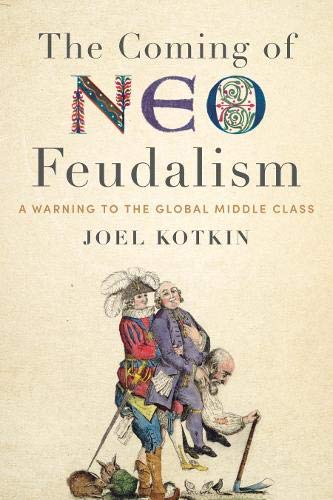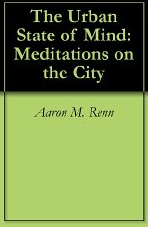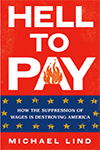
There’s a question I get every so often in social media – “why do you use the term “Rust Belt”?“ Usually it comes from people who live in the region, who dislike the term and wish for some kind of rebranding. I agree. But what’s better?
Before I discuss options, let’s talk about the term “Rust Belt” itself. There are many thoughts on the origin of the term. Many people cite the term gaining popularity in the 1970’s and 1980’s as manufacturing plants closed in the Northeastern and Midwestern cities. It was at that time when factories began their relocation to the South or Southwest (which would later earn the term “Sun Belt”) in search of lower labor costs and lower taxes. Anne Trubek, the founder of Belt Magazine in 2013 and an avid user of the term, says the term really became popular during the 1984 presidential election:
“It was largely created in 1984 by, of all people, Walter Mondale. At a campaign stop during the presidential election, Mondale made a speech to steelworkers at the LTV plant Cleveland in which he decried Reagan’s position on trade, particularly the lifting of quotas on steel imports, which had sent the industry into crisis. As he put it: “Reagan’s policies are turning our industrial Midwest into a rust bowl.”
The press tweaked Mondale’s dust bowl reference into “Rust Belt,” to make it play off the “Sun Belt,” another new term for an American region, this one coined in 1969 by Kevin Phillips in his book The New Republican Majority, to describe a happier set of shifting demographics and economic policies.
There is a sizable contingent — mainly baby boomers who remember the moment the term was coined — who consider it derogatory and strive to have it replaced (recent attempts to rebrand the region include the “Trust Belt” and the “Freshwater Region”). But the term sticks, resoundly trumping “America’s Heartland,” with its whiffs of nostalgia and rural idyll.”
This makes a lot of sense. If you talk to Boomer-aged people from the region, especially those employed in the manufacturing sector, the period from about 1968-1984 was the period when things changed dramatically for the industrial Midwest. Racial unrest in major cities, rapid growth in suburbia coupled with extensive decline in inner city neighborhoods, the loss of automotive and steel manufacturing jobs in cities like Pittsburgh, Cleveland, Detroit, Chicago and St. Louis, and inflationary and recessionary cycles, culminating with the 1981-82 Recession, hit this region, however defined, particularly hard. How hard? There are Boomers who maintain that the 80’s recession was far worse on the Midwest than the Great Recession of 2007-09. And I believe them.
It was also around this time that general perceptions about the makeup of American geography and demographics was changing. I’d argue that prior to the Civil Rights Movement, the nation was still defined by a North/South split, with states as diverse as California and New York included with Midwestern states in the North. Southern states included the old Confederacy, with the most rural areas being referred to as the Deep South.
Read the rest of this piece at The Corner Side Yard.
Pete Saunders is a writer and researcher whose work focuses on urbanism and public policy. Pete has been the editor/publisher of the Corner Side Yard, an urbanist blog, since 2012. Pete is also an urban affairs contributor to Forbes Magazine's online platform. Pete's writings have been published widely in traditional and internet media outlets, including the feature article in the December 2018 issue of Planning Magazine. Pete has more than twenty years' experience in planning, economic development, and community development, with stops in the public, private and non-profit sectors. He lives in Chicago.
Photo: courtesy The Corner Side Yard












